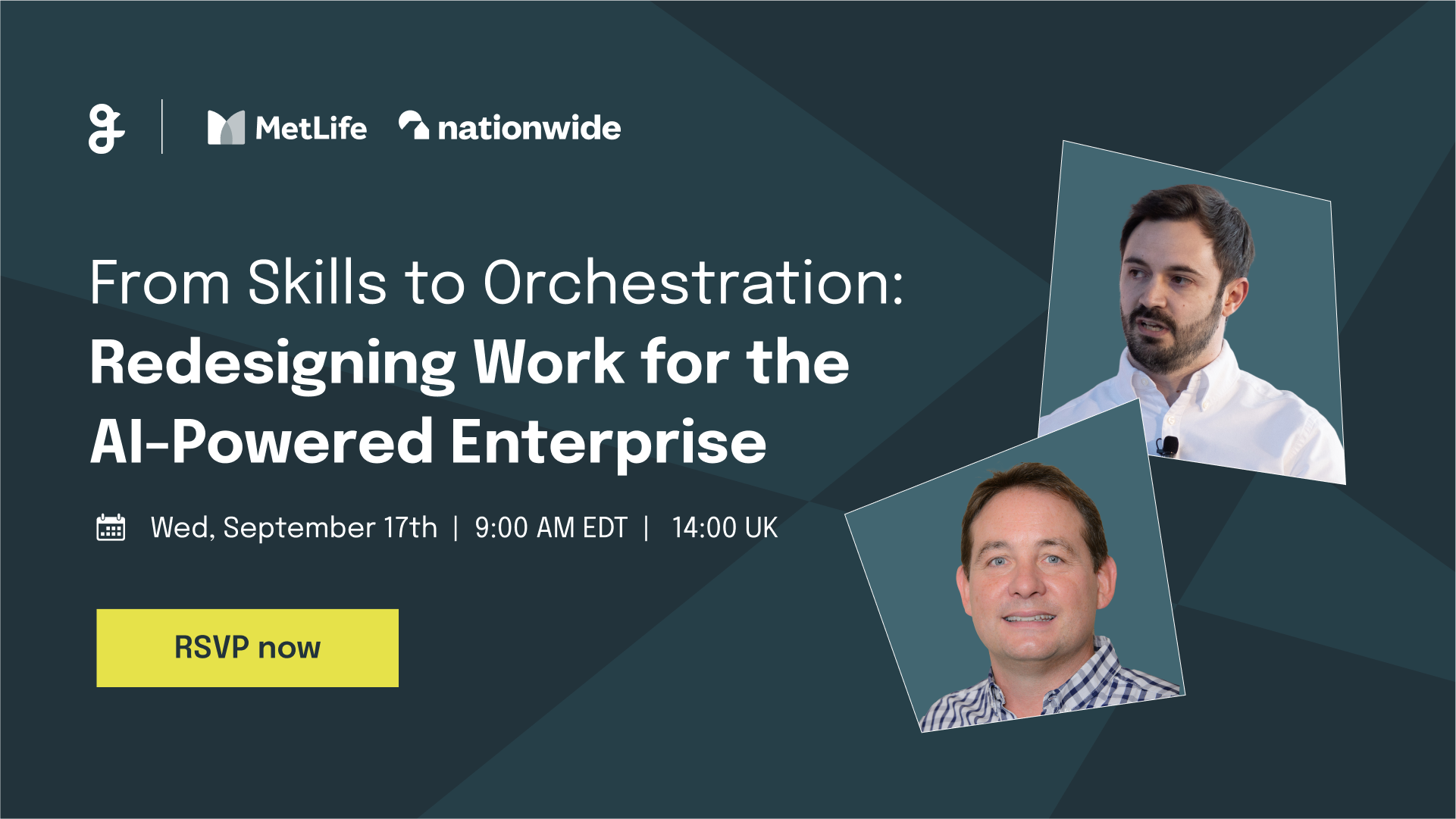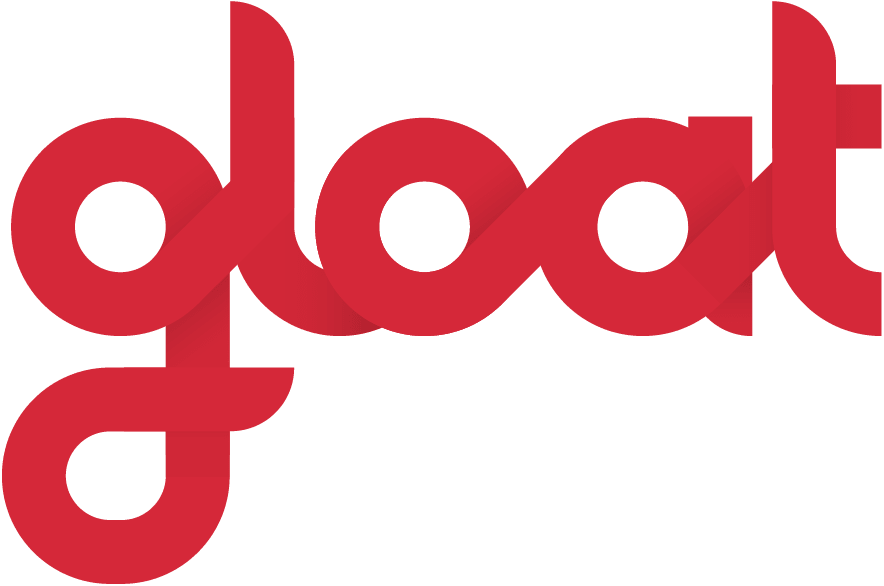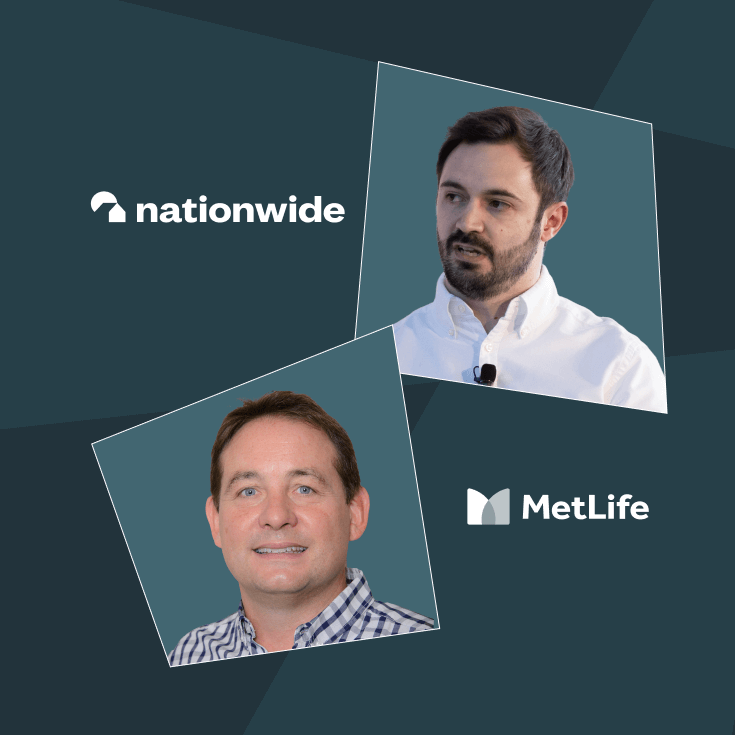From Skills to Strategy: 5 Key Takeaways from MetLife and Nationwide’s AI Transformation
Top lessons learned from two companies leading the charge in workforce AI readiness

The statistics are sobering: 95% of AI pilots are failing, according to recent MIT research. Yet while most organizations struggle with AI implementation, some are breaking through to drive impactful transformations.
During a recent panel discussion, leaders from MetLife and Nationwide Building Society shared hard-won insights from their AI transformation journeys, revealing why workforce readiness—not just technology deployment—determines success.
Mark Jackson, Head of Future Workforce at Nationwide Building Society, and Chris Smart, Head of Global HR Services at MetLife, have navigated the complexities of preparing thousands of employees for an AI-powered future. Their experiences offer a roadmap for C-suite executives facing similar challenges in their own organizations.
5 critical lessons for leading AI transformation
If you’re looking to beat the odds and turn your AI initiative into an all-around success, consider the following best practices based off of Jackson and Smart’s insights:
#1. Start with what your customers value, not automation potential
Many organizations approach AI transformation backwards, beginning with what could be automated rather than what should be transformed. Nationwide’s approach demonstrates a more strategic path forward.
“A lot of our AI readiness is focused on the customer,” Jackson explains. “What are their particular habits and their trends and how that’s changing over time and where do we think that will show up in terms of what effectively are the tasks of what our workers do today?”
This customer-centric approach reveals counterintuitive insights. At Nationwide, technology isn’t reducing work volume; it’s enabling their workforce to complete more complex tasks with greater accuracy and efficiency. “The volume might be going down, but the complexity is going up,” Jackson notes. “We need to help train and reskill our staff as much as possible for what we think is actually going to become even more complex from a work scenario.”
For executives, this means AI strategy must align with business strategy, not drive it. The question isn’t “What can we automate?” but “How can AI help us deliver superior customer value?”
#2. Focus on process optimization before technology implementation
MetLife’s experience highlights a critical mistake many organizations make: rushing to deploy AI without examining underlying processes.
“There’s no point automating a bad process,” Smart emphasizes. “We shouldn’t assume all our processes are already optimal, forgetting whatever technology can be put in them because many of them just built up over years and years of companies existing.”
The value extends beyond efficiency gains. “When you look at something like automation, it’s resulted in simplification of process… elimination of errors that can occur from manual input… and the release of employee capacity,” Smart explains.
This systematic approach—examining work first, then applying appropriate technology—prevents the common trap of automating dysfunction and ensures transformation efforts deliver measurable business impact.
#3. Harmonize job architecture data to enable strategic decisions
One of the most practical challenges executives face is making AI investment decisions without clear visibility into current work structures. Nationwide’s solution involved using AI to clean up their own “messy job architecture.”
“If you can get AI to work with you to kind of have a look and analyze your jobs… that’s really helpful because it’s not necessarily a top-down approach,” Jackson explains. By combining job definitions with skills data from employees, Nationwide created what he calls a “task ontology”—a consistent framework for understanding work.
This enables sophisticated workforce planning: “You can start to understand, well actually are there elements of role simplification you could start to look at? And then not just the how would you then see those tasks change over time? Partly it’s a which ones of those tasks will start to get automated… but also which of those tasks will be augmented?”
For executives, this means investing in data infrastructure that reveals the true nature of work in your organization, which is a prerequisite for making informed AI transformation decisions.
#4. Build strategic governance while empowering experimentation
The tension between innovation and governance creates a significant challenge for large organizations. Both MetLife and Nationwide have found success through structured approaches that balance experimentation with strategic oversight.
“What we are doing now in human resources at MetLife is starting to examine our processes and the opportunities that technology… provides to drive value,” Smart explains. “We see that approach of looking at the work and the processes that you have as really the path to value.”
Jackson emphasizes the importance of governance structures: “What I see is actually just really strong representation from what is our people’s HR function on the AI council.” These councils provide “better guardrails of how you do change or bring technology into your respective functions.”
The key insight for executives: create frameworks that encourage innovation while ensuring strategic alignment and risk management.
#5. Reframe leadership around change acceleration, not change management
Perhaps the most fundamental shift required is in how leaders conceptualize their role in transformation. Smart articulates this powerfully: “It’s not is it with AI? Because AI is probably going to get everywhere eventually. It’s the pace at which you get there. That could be the competitive differentiator.”
This leads to what he calls “change acceleration, not change management”—a mindset shift with profound implications for organizational culture and competitive advantage.
Both leaders emphasize the importance of transparency and employee engagement. “We’ve been very transparent and very communicative about the importance of everyone embracing AI,” Smart notes. “Whether you’re at MetLife long-term or not, you need to know about AI.”
Jackson adds: “Rather than say, automation’s coming in, here’s what we need to go and do, it’s going to take away 20%, 30% of what these people do, therefore that’s going to impact your headcount… what you see out there in the market that isn’t working is that people are ending up firing and then having to rehire.”
Take your organization’s AI transformation to the next level with Gloat
Ready to assess your organization’s AI readiness? Listen to Jackson and Smart’s full conversation to learn how leading companies are using Gloat to build transformation roadmaps that put people at the center of AI strategy.





